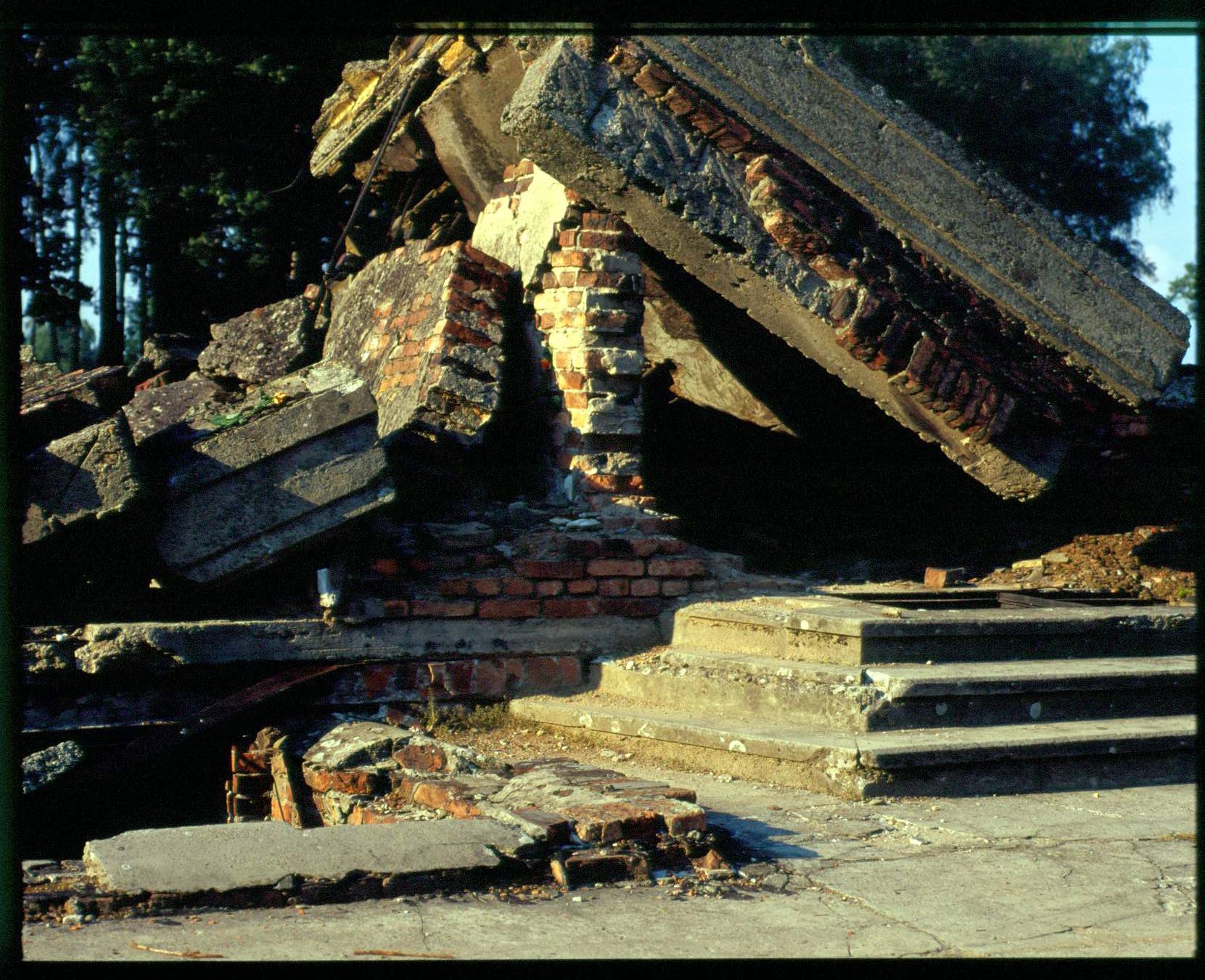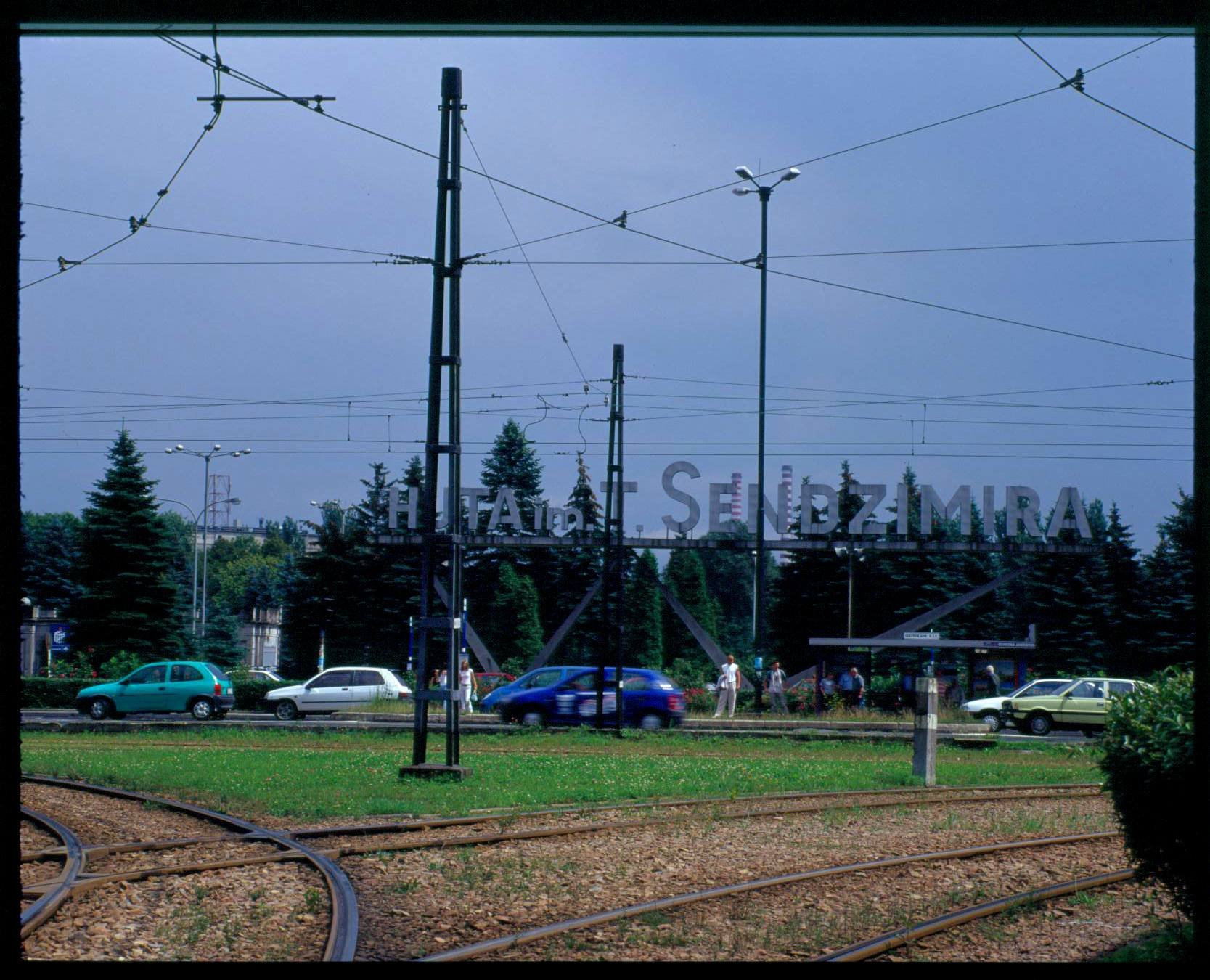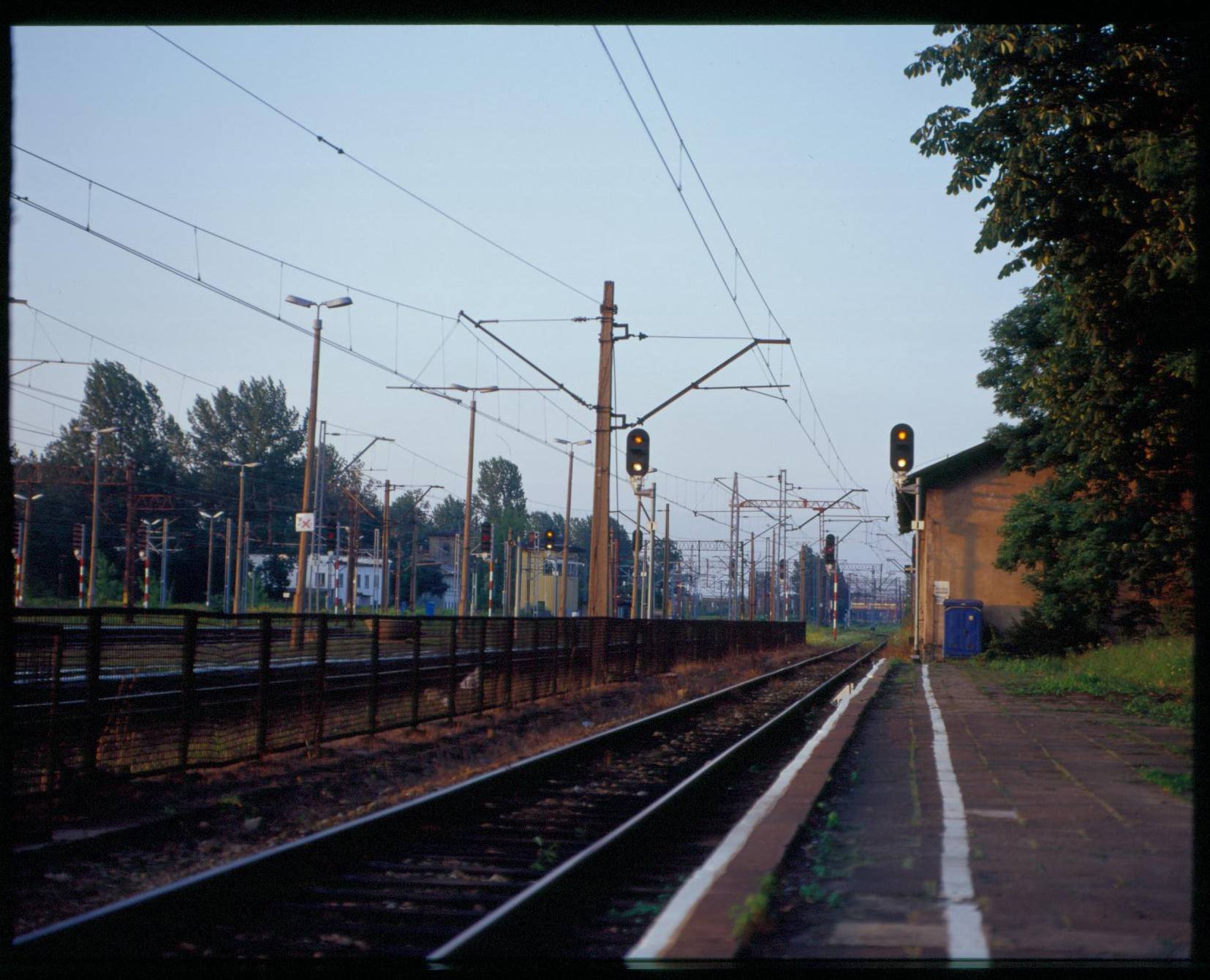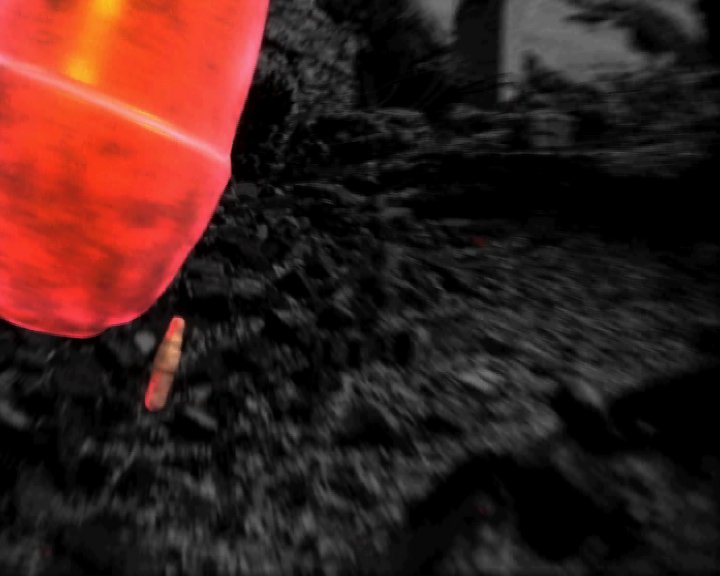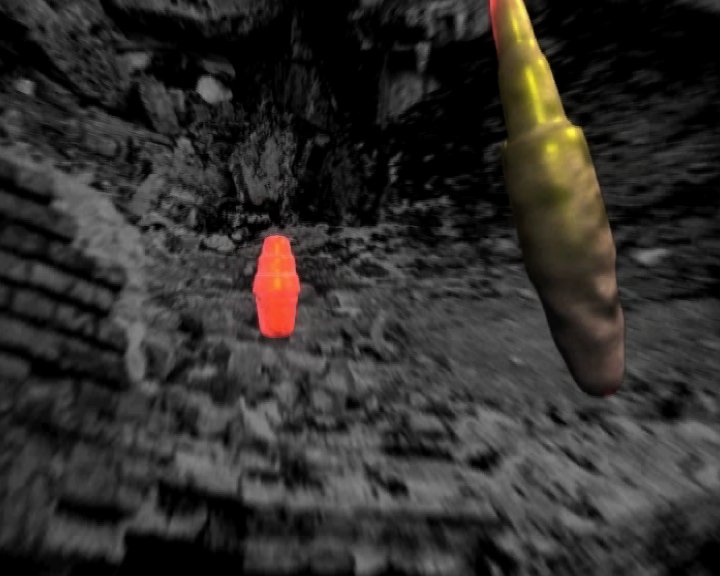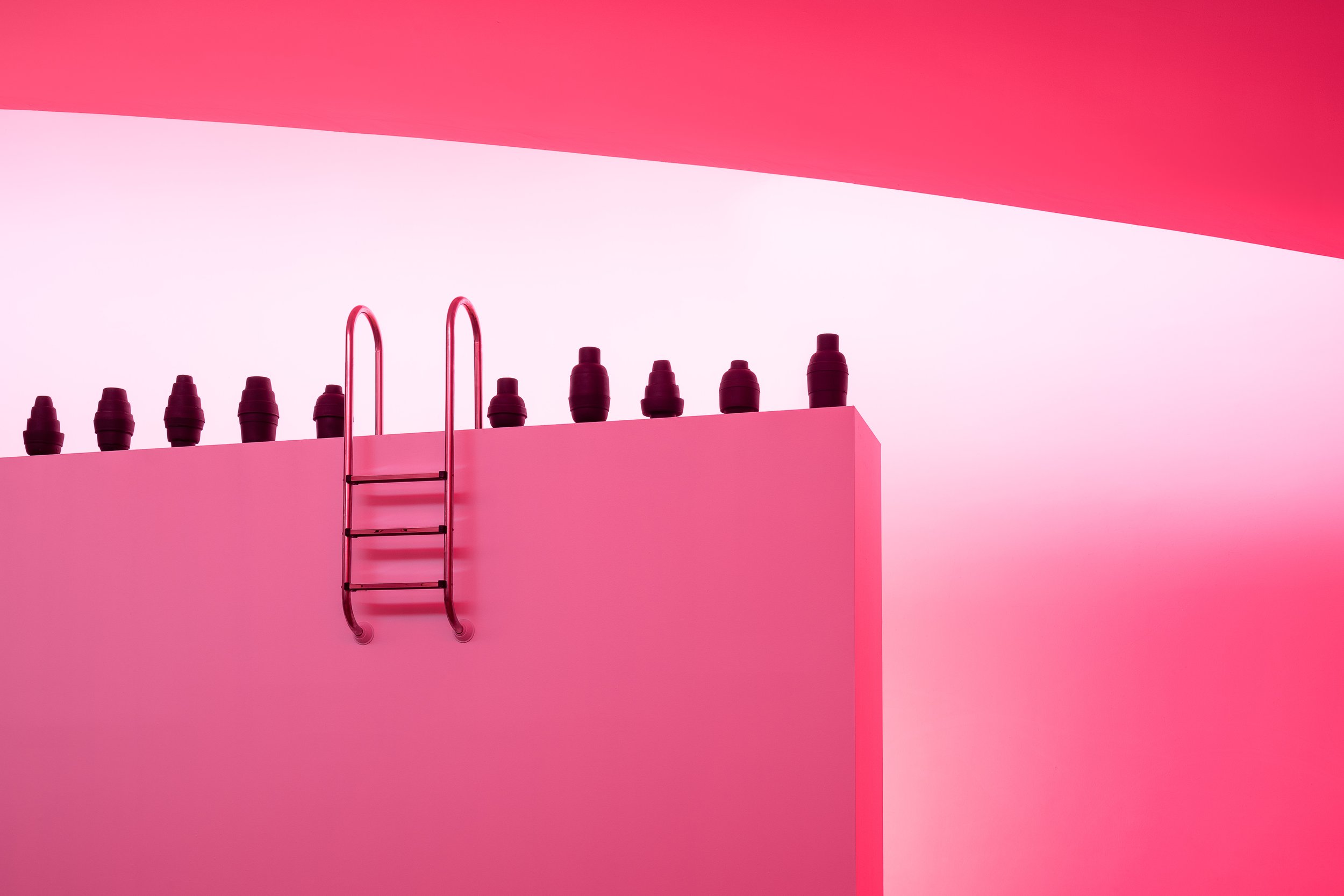
Farther to the East /Banff Centre for the Arts, Alberta, Canada 2004 /Kilkenny Arts Festival 2005/ Crawford Art Centre, Cork Ireland/ 2019
Farther to the East is now part of the National Collection of Ireland 2020.
Farther to the East
This work originated in a road journey by Andrew Kearney with a Jewish academic colleague from Berlin to Auschwitz-Birkenau during the summer of 2002. As they travelled eastwards, maps were followed to some of the death camps of World War II, objects and places photographed, each eventually becoming an entry in his filmic diary. Two years later in 2004 while doing a three-month residency entitled Informal Architectures, Kearney returned to the diary. Gradually, found everyday objects led to an assortment of flat, plaster-cast rings, sediment-like, placed in varying combinations, one on top of the other, forming a series of moulds. Each mould combination was then clamped together then filled with black, stoneware fluid/ slip forming a fragile skin, before being fired and gradually a family of urns emerged. When placed in line the urns supported and augmented each other, their insistent repetition evoking long-silenced voices of the past.
The program was curated by the Banff gallery director Anthony Kiendl along with a book entitled, INFORMAL ARCHITECTURES, Space and Contemporary Culture, published later in 2008 at the Banff Centre for the Arts, Alberta, Canada.
Then in the stillness of the Crawford Gallery in Cork 2019, within an element of Mechanism, the dense materiality of a group of Urns titled, Farther to the East asserts something incontrovertible, beyond speech. Perched high above and bathed in a notional pool of ever-changing florescent pink light, the work inverts the usual role of the audience below. The empty pool exudes a particular potency, an almost threatening aura of pleasure abandoned, denied, forbidden. The viewer is remote, struggling, submerged—the ready-made ladder – just beyond reach – a truncated signifier of an unattainable sensuality.
If the sun-drenched pools of popular culture – from Wilder’s Sunset Boulevard to Hockney’s The Bigger Splash - conjure a life of hedonism, they might also suggest a more transgressive resistant current, a critique of normative values. As with much of Kearney’s art the empty knowshional pool forces a reconsideration of an environment as it changes, taking us from an unknowable future back into a scarring past.
Part of an essay The Voices of Time /2019 by Katherine Waugh.

